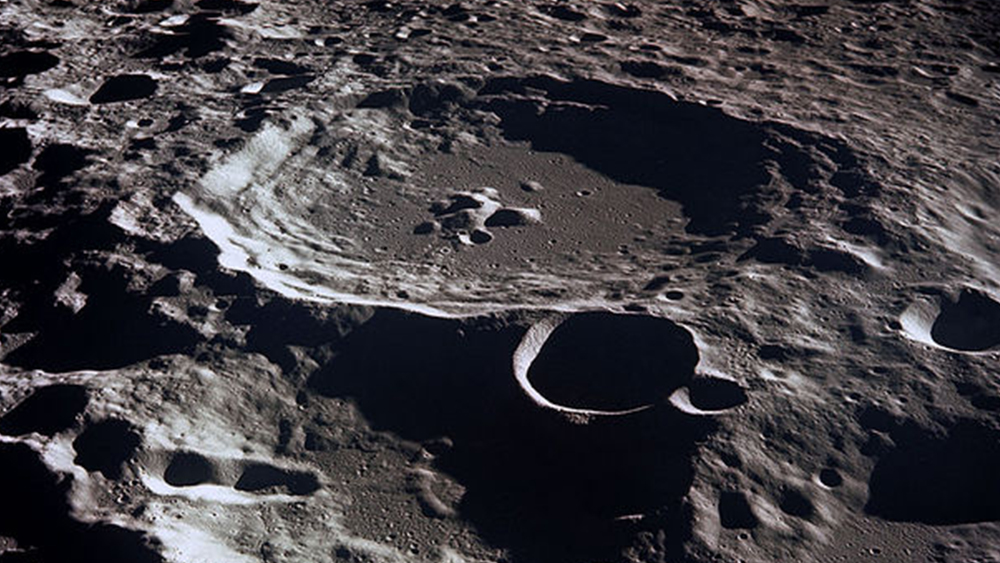Rockfalls occur when boulders or rocks fall or slide down an elevated portion of the land surface. Most lunar rockfalls are found near crater walls, and most lunar rockfalls are ultimately the result of meteorite impacts. However, the rockfalls don’t necessarily have to occur at the time of impact. Meteorites can produce networks of fractures in the lunar surface, and later seismic activity (moonquakes) can trigger rockfalls to occur. These rockfalls often leave tracks in the lunar surface. Although there is little erosion on the moon due to the lack of a lunar atmosphere, other factors such as meteorite impacts will eventually obliterate these tracks. Uniformitarians have estimated that lunar rockfall tracks can survive no more than 150-300 million years, with most tracks having much shorter lifetimes, about 1.6 to 35 million years.2
The frequency of rockfalls and other “mass wasting” processes (landslides, slumps, etc.) decreases over time. This is because mass wasting gradually smooths the lunar surface. Since mass wasting requires material to fall or slump down a slope, mass-wasting events become more infrequent as the topography becomes increasingly flat. Hence, the older a portion of the lunar landscape is, the less mass wasting is expected to occur there.
However, the research team found that about a quarter of all the estimated rockfalls were found on parts of the lunar terrain thought to be at least 3.8 billion years old. As described by a popular-level science news article:
Surprisingly, even in the oldest lunar landscapes, which formed up to 4 billion years ago or even earlier, traces of rockfall events can be found. Since such imprints would typically disappear after a few million years, these surfaces are apparently still subject to erosion through rockfall, even billions of years after they were formed. [emphasis mine]1
In other words, the researchers concluded that these ancient surfaces were still undergoing mass-wasting events billions of years after the meteorite impacts that ultimately triggered them, in spite of the fact that the amount of mass-wasting decreases with time. The research team considered this “unexpected” and “remarkable”—so remarkable in fact that they made this result the title of their paper.2
Is it possible that mass-wasting events could still occur roughly four billion years after the impacts that triggered them? Maybe. But it seems far more likely that mass wasting is still occurring because these lunar landscapes are much younger than secular scientists are claiming.
This is just one more observation among several3-5 that suggest a young moon, just as one would expect based on the testimony of Scripture.
References
1. First global map of rockfalls on the moon. Phys.org. Posted on phys.org June 8, 2020, accessed June 12, 2020.
2. Bickel, V. T. et al. 2020. Impacts drive lunar rockfalls over billions of years. Nature Communications. 11 (2862).
3. Hebert, J. 2019. Moon is Unexpectedly Still Cooling and Shrinking. Creation Science Update. Posted on ICR.org June 6, 2019, accessed June 12, 2020.
4. Thomas, B. The Moon’s Latest Magnetic Mysteries. Creation Science Update. Posted on ICR.org June 7, 2013, accessed June 12, 2020.
5. Thomas, B. New Images Show Far Side of the Moon Looks Young. Creation Science Update. Posted on ICR.org April 11, 2011, accessed June 12, 2020.
*Dr. Jake Hebert is Research Associate at the Institute for Creation Research and earned his Ph.D. in physics from the University of Texas at Dallas.















